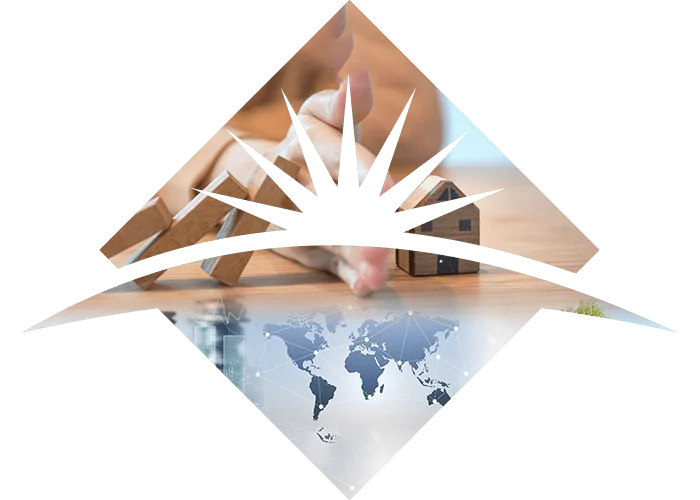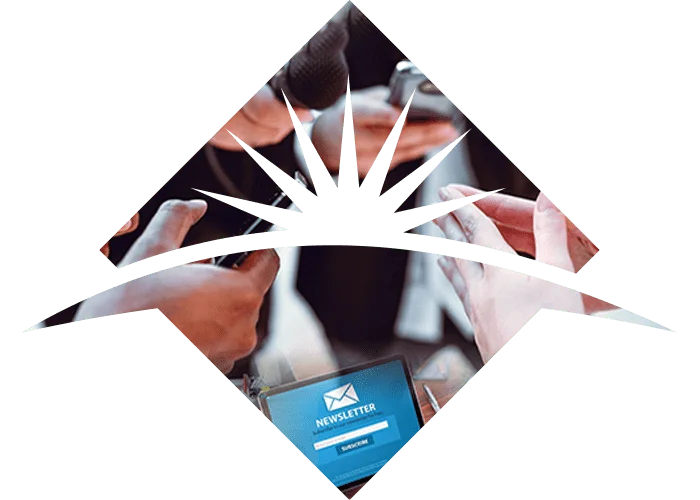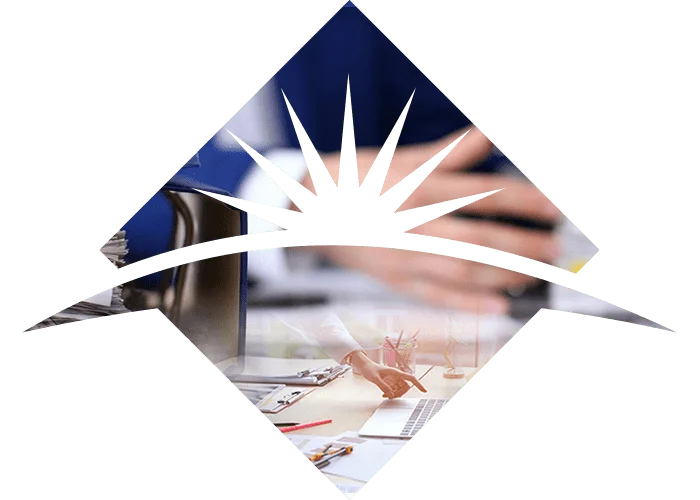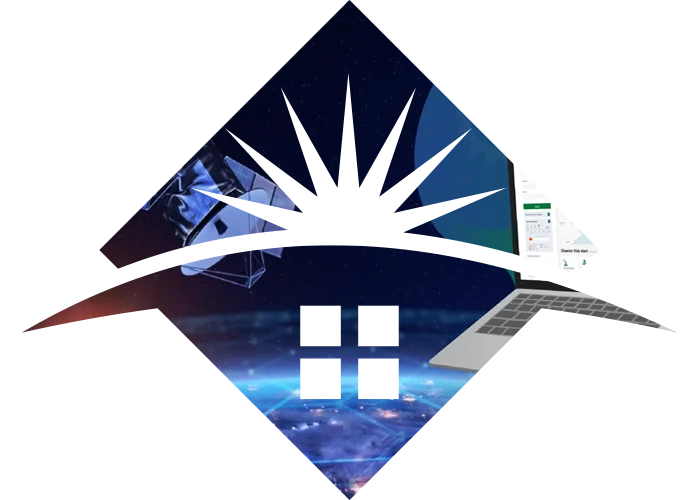Islamabad, 5th Mar 2019
Chief Executive Officer, National Disaster Risk Management Fund (NDMRF) Lt Gen (R) Nadeem Ahmed on Tuesday said that public and private infrastructure, marginalized population, and households should be protected while evolving Disaster Risk Transfer Mechanisms.
He made these remarks while speaking at the first meeting of the Disaster Risk Financing Synergy Group (DRF-SG). The meeting aimed at discussing the essential components of a national DRF strategy for Pakistan, being developed by NDRMF in partnership with all stakeholders.
He said that the solution in the context of disaster risk financing must enhance country’s fiscal resilience and aim at protection against most frequently experienced disasters through a balance mix of insurance, contingent financing and risk pooling options.
“We will probably have to focus on mid intensity disasters (for instance a flooding event) with a return period of 5-years owing to the disaster prone nature of the country. While we continue to evaluate the available instruments in the market we must continue developing capacities of National Disaster Management Authority as well as Provincial Disaster Management Authorities (PDMAs) of all the provinces to manage disasters at lower rung of the intensity ladder,” he said.
He added that amongst the most recurrent natural hazards in the country were floods and earthquakes. Our Southern provinces particularly Sindh and Balochistan are additionally effected by droughts and cyclones which requires a customized solution, rather than a completely off the shelf solution.
He also emphasized that a robust risk reduction efforts by all concerned will help the NDRMF to come up with a more economically viable acceptable risk transfer solutions.
The key speakers at the occasion mulled over shared contributions in DRF strategies across the country. They mentioned that disaster risk transfer initiatives demand accurate data in the context of disaster risk modeling whereas the Benazir Income Support Programme (BISP) had fairly authentic data when it came to households and the marginalized population. It was based on the low income groups of the populations and communities living below the poverty line. Likewise they have an effective disbursement system, which can be utilized to distribute the payments to the effected population.
The speakers also emphasized that there was data available with many other relevant agencies as well which must also be utilized. There is a need for Ministry of Finance, Commerce, National Disaster Management Authority, SECP and State Bank to work closely with NDRMF in bringing disaster risk transfer and financing products to fruition.
The fiscal responsibilities at both the federal and provincial levels are complex and needed closer coordination and cooperation to make it happen and therefore NDRMF needs to work with them closely so as to ensure that a synergy is created amongst the Government and development partners who are working on DRF solutions.
Commenting on the insurance solutions available for disaster affected people, the experts said the current crop and livestock insurance schemes needed to expand by focusing on the inclusion of non-borrowers, penetrate further geographically, and ensure swift claims settlement procedures.
The meeting of DRF-SG was organized to promote transparency and open exchange of information in order to achieve enhanced level of coordination and cooperation amongst key stakeholders in disaster risk financing in the country.
While, from the government departments the Ministry of Finance, Ministry of Commerce, Economic Affairs Division, Livestock Department Punjab attended the meeting; the representatives of NDMA, PDMA Punjab, Khyber Pakhtunkhwa and other districts disaster management authority also contributed to the meeting. Moreover, from the insurance industry NICL, and PakRe and from the regulatory bodies the SECP and the SBP joined the meeting. World Bank, Asian Development Bank and the KfW German Development Bank also participated in the meeting being the development partners.











